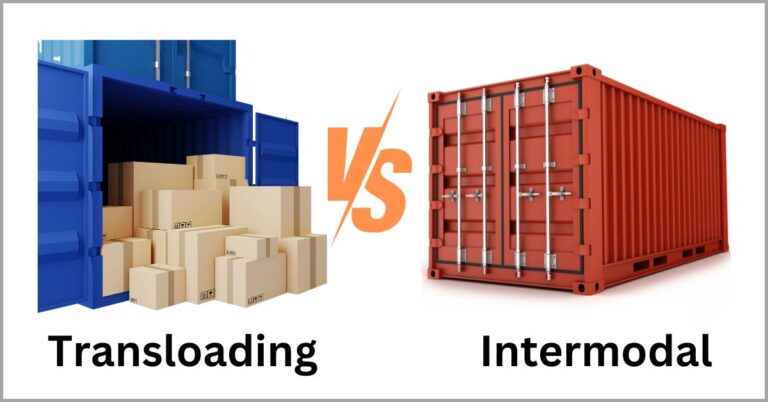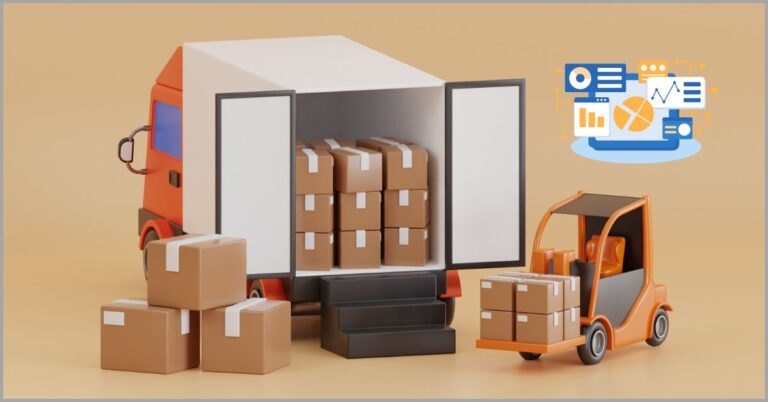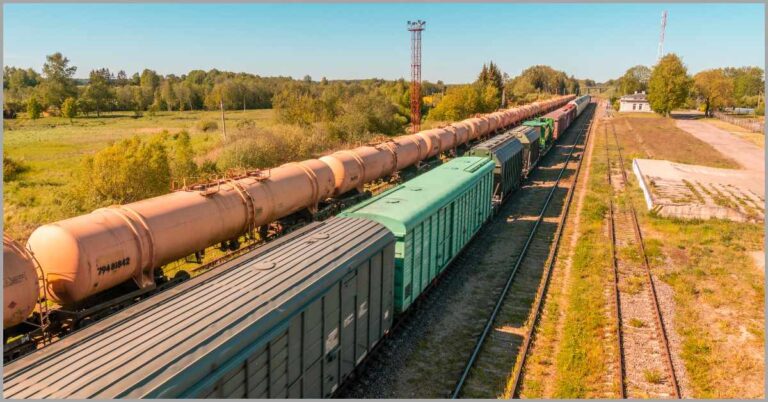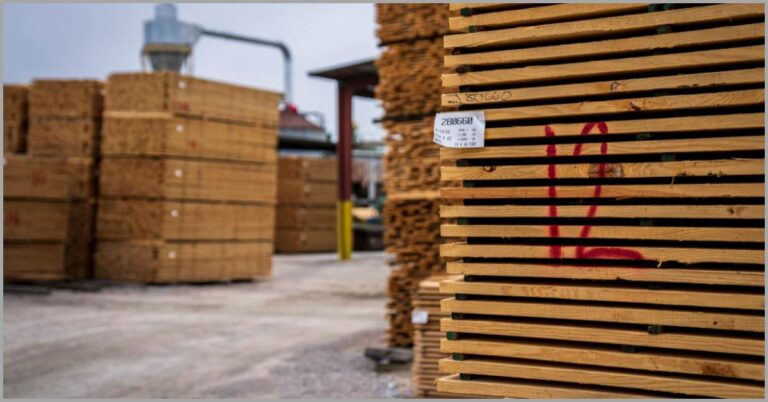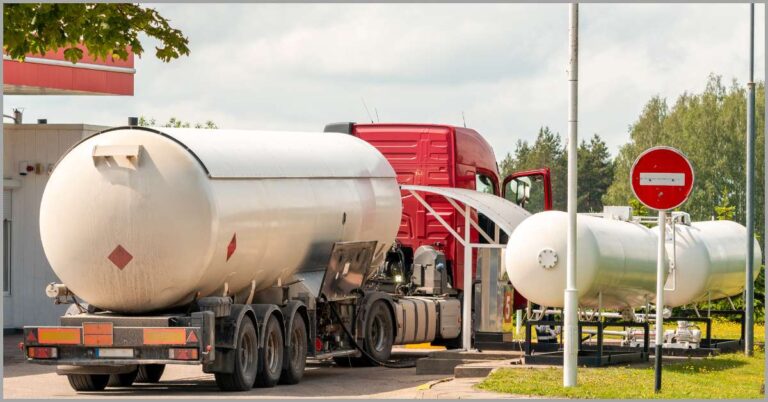from truck to rail-to-truck
How to transition to more rail-to-truck
The “why” is quite obvious: substantial freight shipping cost savings and also reduced carbon footprint.
The key to transitioning from truck-to-truck to more truck-to-rail is whether the shippers have customers that can handle railcar volumes. Does their customer have rail service or a nearby transload that can unload the commodity and deliver by truck?
For example, a shipper of canned goods in Wisconsin is shipping trucks to California. We have helped them ship trucks to a transload in Chicago, load in a boxcar, rail to California transload, and truck to the final destination.
Another time, we’ve worked with 3 different roofers buying sheathing in truckload quantities. We brought them together so they bought a boxcar of sheathing from the mill, shipped to a transload, and divided into 3 groups and picked it up as they needed. As a result, we’ve generated them savings of $500 per truck.
We have loaded lumber from sawmills without rail service by trucking to a transload and moving by rail to the final destination.
Again rail rates, volumes, final destinations, and storage, are all factors leading to reduced transportation charges. Get in touch with us at support@transloads.co to discuss your unique needs.


